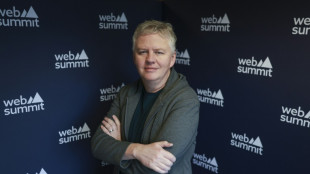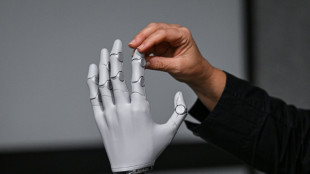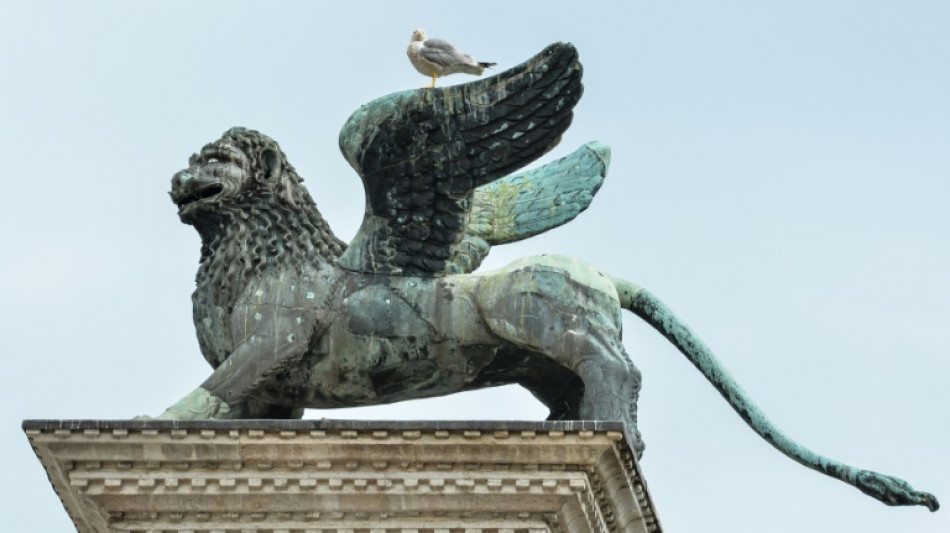
-
 Brazilian 'Superman' cheers child cancer patients in Ghana
Brazilian 'Superman' cheers child cancer patients in Ghana
-
India close in on win over South Africa after Jadeja heroics
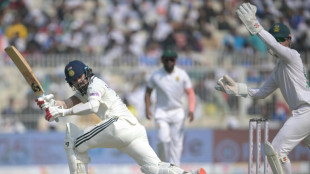
-
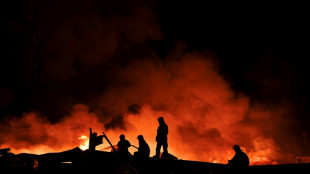 Huge explosions rock industrial area near Argentina's capital
Huge explosions rock industrial area near Argentina's capital
-
Bezzecchi takes pole for Valencia sprint and MotoGP
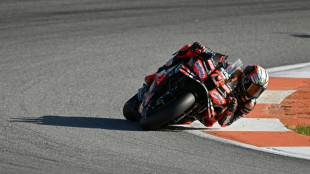
-
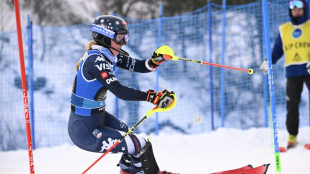 Dominant Shiffrin leads after first slalom run in Levi
Dominant Shiffrin leads after first slalom run in Levi
-
Nine killed in accidental explosion at Indian Kashmir police station

-
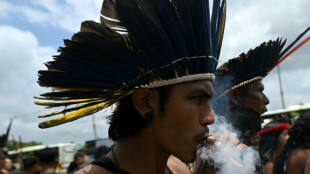 Climate protesters to rally at COP30's halfway mark
Climate protesters to rally at COP30's halfway mark
-
Fighting South Africa lose Rickelton after India 189 all out

-
 Harmer leads South Africa fightback as India 189 all out
Harmer leads South Africa fightback as India 189 all out
-
Prison looms for Brazil's Bolsonaro after court rejects his appeal
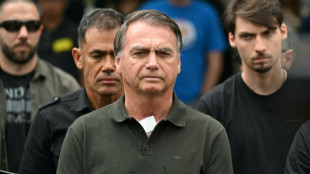
-
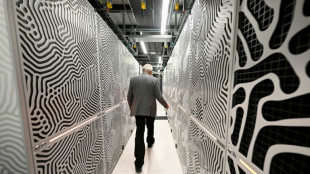 EU bows to pressure on loosening AI, privacy rules
EU bows to pressure on loosening AI, privacy rules
-
India close in on lead despite South African strikes
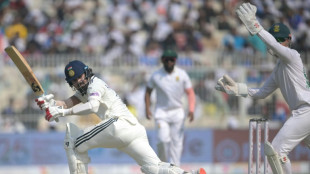
-
 Curry's 49 points propel Warriors in 109-108 win over Spurs
Curry's 49 points propel Warriors in 109-108 win over Spurs
-
NZ boxer Parker denies taking banned substance after failed test

-
 Australia setback as Hazlewood ruled out of 1st Ashes Test
Australia setback as Hazlewood ruled out of 1st Ashes Test
-
Australia pace spearhead Josh Hazlewood ruled out of 1st Ashes Test

-
 UN Security Council to vote Monday on Trump Gaza plan
UN Security Council to vote Monday on Trump Gaza plan
-
Japan's Tomono leads after men's short program at Skate America
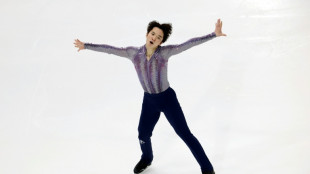
-
 China tells citizens to avoid Japan travel as Taiwan row grows
China tells citizens to avoid Japan travel as Taiwan row grows
-
Purdue Pharma to be dissolved as US judge says to approve bankruptcy
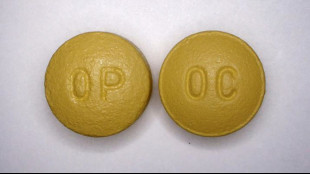
-
 Iran's first woman orchestra conductor inspires
Iran's first woman orchestra conductor inspires
-
Wood gets all-clear in boost for England

-
 Golf's world No. 8 Thomas has back surgery
Golf's world No. 8 Thomas has back surgery
-
Rebooted Harlem museum celebrates rise of Black art

-
 'Desperation in the air': immigrant comics skewer Trump crackdown
'Desperation in the air': immigrant comics skewer Trump crackdown
-
UN regulator says shipping still wants to decarbonize -- despite US threats
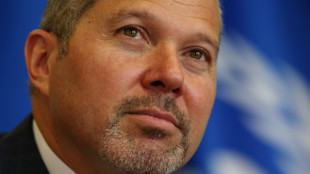
-
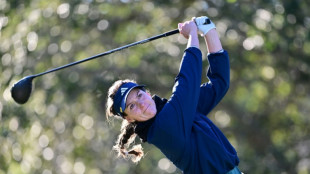 Grant, Kim share halfway lead in LPGA Annika tournament
Grant, Kim share halfway lead in LPGA Annika tournament
-
Musk's Grokipedia leans on 'questionable' sources, study says

-
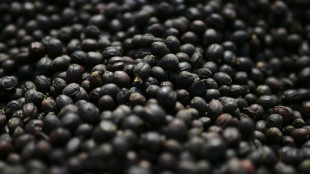 Trump signs order to lower tariffs on beef, coffee, other goods
Trump signs order to lower tariffs on beef, coffee, other goods
-
Croatia qualify for 2026 World Cup, Netherlands close, Germany in limbo

-
 'Last Chance U' coach dies after shooting: US police
'Last Chance U' coach dies after shooting: US police
-
Sinner completes perfect ATP Finals group stage, Auger-Aliassime reaches last four
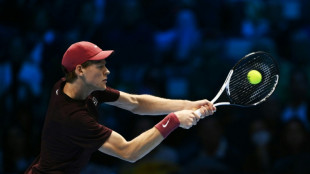
-
 Woltemade sends Germany past Luxembourg in World Cup qualifier
Woltemade sends Germany past Luxembourg in World Cup qualifier
-
Croatia qualify for 2026 World Cup with 3-1 win over Faroes

-
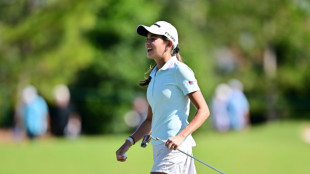 Kai Trump makes strides but still misses cut in LPGA debut
Kai Trump makes strides but still misses cut in LPGA debut
-
Return to bad days of hyperinflation looms in Venezuela
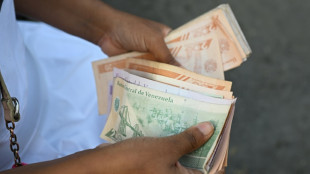
-
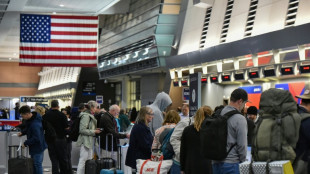 US airspace recovers as budget shutdown ends
US airspace recovers as budget shutdown ends
-
Russia strike on Kyiv apartment block kills six, Ukraine says

-
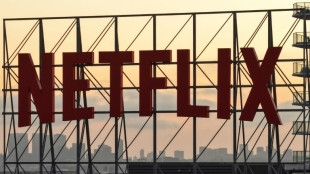 Arrest made in shooting of 'Last Chance U' coach: US police
Arrest made in shooting of 'Last Chance U' coach: US police
-
At COP30, senator warns US 'deliberately losing' clean tech race with China

-
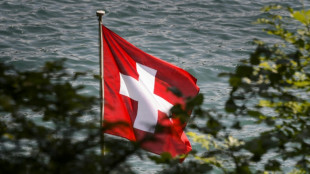 US, Switzerland say deal reached on trade and tariffs
US, Switzerland say deal reached on trade and tariffs
-
Fossil fuel lobbyists out in force at Amazon climate talks: NGOs

-
 Returning Alldritt blames himself for France axing
Returning Alldritt blames himself for France axing
-
Stocks struggle on US rates, tech rally fears

-
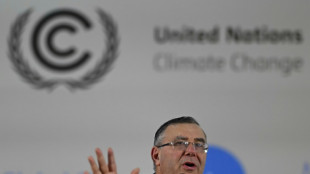 A rare oil CEO shows up at COP30, spars with activists
A rare oil CEO shows up at COP30, spars with activists
-
Trump demands probe into Epstein links to Bill Clinton

-
 England great Anderson says 'weak' Australia still Ashes favourites
England great Anderson says 'weak' Australia still Ashes favourites
-
Indigenous protesters disrupt UN climate summit again
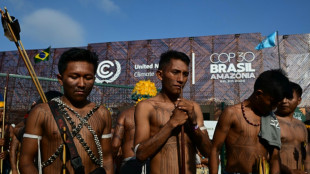
-
 Gun salutes for King Charles III as he marks 77th birthday
Gun salutes for King Charles III as he marks 77th birthday
-
Ford urges England to make their own New Zealand history


Made in China? The remarkable tale of Venice's iconic winged lion
A winged lion sculpture that symbolises the Italian city of Venice was made in China and went on a remarkable journey that possibly involved explorer Marco Polo's father and the court of Mongol emperor Kublai Khan, researchers suggested Thursday.
Every year millions of people pass under the Lion of Venice, an ancient bronze sculpture which looks out on the Venetian Lagoon from the top of a column on the main square Piazza San Marco.
However much about this icon of the Venetian Republic remains shrouded in mystery.
It bears clear signs of having had a life before being installed near Saint Mark's Basilica and Doge's Palace.
Over the centuries its ears have been shortened, its wings have been changed -- the sculpture even once had horns that were shorn off at some point.
"We don't know when the sculpture arrived in Venice, where it was reworked, who did it, or when it was erected on the column where it is still visible today," Massimo Vidale, an archaeologist at the University of Padua and co-author of a new study, said in a statement.
The only historical document that mentions the sculpture dates back to 1293, when it was already damaged and in need of repair.
The violet granite of the sculpture's column -- which could have been looted from the sacking of the ancient city Constantinople, modern-day Istanbul -- likely arrived in Venice shortly before 1261, the study said.
Hoping to shed light on the winged lion's mysterious past, a team of Italian researchers analysed lead isotopes in samples taken during a 1990 restoration.
The sculpture's copper ore was mined in the Yangtze River basin in China, the analysis revealed.
That is dramatically farther east than previous theories about where the sculpture came from, which include a 12th-century Venetian foundry, or somewhere in Anatolia or Syria during the Hellenistic period.
- A 'somewhat brazen idea' -
And it may not actually be a lion at all.
It more closely resembles tomb guardian sculptures called "zhenmushou" from China's Tang Dynasty (618–907 AD), the researchers said.
"These hybrid creatures share leonine muzzles, flaming manes, horns and raised wings attached to the shoulders, pointed upraised ears and, sometimes, partially humanised facial features," according to the study in the journal Antiquity.
Although made from different material, the zhenmushou sculptures that are still around look very similar to the Lion of Venice -- particularly its "bulbous nose", the study added.
So how did this tomb guardian make it all the way to Venice?
Perhaps in the luggage of Niccolo and Maffeo Polo, the father and uncle of the famed Venetian explorer Marco Polo, the researchers theorised.
Around 1265, the travelling merchants visited the court of the Mongol emperor Kublai Khan in Khanbalik -- modern-day Beijing.
They could have stumbled on the sculpture there, the researchers said.
Just years earlier the Republic of Venice had adopted the lion as its symbol, and "the Polos may have had the somewhat brazen idea of readapting the sculpture into a plausible (when viewed from afar) Winged Lion," the study said.
They could have then sent the sculpture to Venice along the trade route known as the Silk Road.
That was not the end of its travels. After French general Napoleon Bonaparte defeated the Venetian Republic in 1797, he moved the winged lion to Paris.
Broken into pieces, it did not return to Venice until 1815.
J.AbuShaban--SF-PST

